Increasing Adoption of Cloud Services
The E-LAN Metro Ethernet Service Market is experiencing a notable surge in demand due to the increasing adoption of cloud services. Organizations are migrating their operations to cloud platforms, necessitating robust and reliable connectivity solutions. This shift is driven by the need for scalable and flexible infrastructure, which E-LAN services can provide. According to recent data, the cloud services market is projected to grow at a compound annual growth rate (CAGR) of over 20% in the coming years. As businesses increasingly rely on cloud-based applications, the E-LAN Metro Ethernet Service Market is poised to benefit from this trend, offering enhanced bandwidth and reduced latency for seamless cloud access.
Enhanced Network Security Requirements
In an era where cyber threats are increasingly sophisticated, the E-LAN Metro Ethernet Service Market is witnessing a heightened focus on network security. Organizations are prioritizing secure communication channels to protect sensitive data and maintain compliance with regulatory standards. E-LAN services offer advanced security features, such as encryption and dedicated connections, which are essential for safeguarding information. As businesses become more aware of the potential risks associated with data breaches, the demand for secure networking solutions is likely to rise. This trend indicates that the E-LAN Metro Ethernet Service Market will play a crucial role in providing secure connectivity options for enterprises.
Shift Towards Remote Work and Collaboration
The shift towards remote work and collaboration is reshaping the E-LAN Metro Ethernet Service Market. As organizations adapt to flexible work arrangements, the need for reliable and high-speed internet connectivity has become more critical than ever. E-LAN services provide the necessary bandwidth and stability to support remote teams, enabling seamless collaboration and communication. Data shows that a significant percentage of companies are investing in enhanced connectivity solutions to facilitate remote work. This trend indicates that the E-LAN Metro Ethernet Service Market is likely to see sustained growth as businesses prioritize connectivity to support their evolving work environments.
Expansion of Internet of Things (IoT) Devices
The rapid expansion of Internet of Things (IoT) devices is significantly influencing the E-LAN Metro Ethernet Service Market. As more devices become interconnected, the need for reliable and high-speed connectivity becomes paramount. E-LAN services can support the vast amounts of data generated by IoT devices, facilitating real-time communication and data processing. The number of IoT devices is expected to reach billions in the coming years, creating a substantial demand for robust networking solutions. This trend suggests that the E-LAN Metro Ethernet Service Market will be integral in supporting the infrastructure required for the growing IoT ecosystem.
Growing Need for Bandwidth-Intensive Applications
The proliferation of bandwidth-intensive applications is a significant driver for the E-LAN Metro Ethernet Service Market. With the rise of video conferencing, online gaming, and high-definition streaming, organizations require high-capacity networks to support these applications. The demand for high-speed internet access is escalating, as businesses seek to enhance productivity and improve user experiences. Data indicates that the average internet speed required for optimal performance of such applications is increasing, further emphasizing the need for E-LAN services. This trend suggests that the E-LAN Metro Ethernet Service Market will continue to expand as companies invest in infrastructure to accommodate these growing demands.


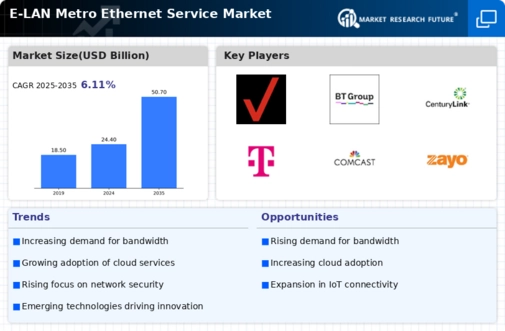
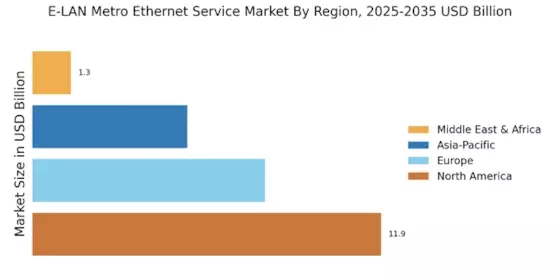
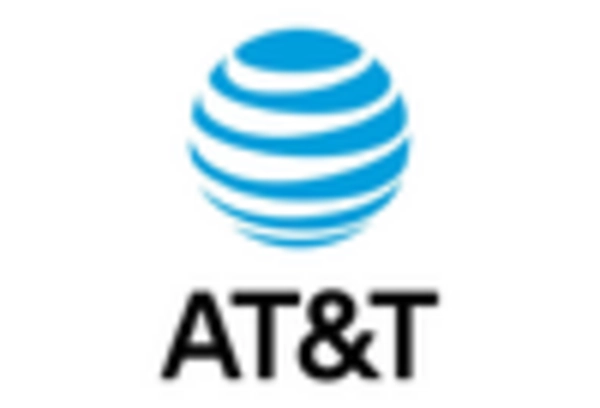


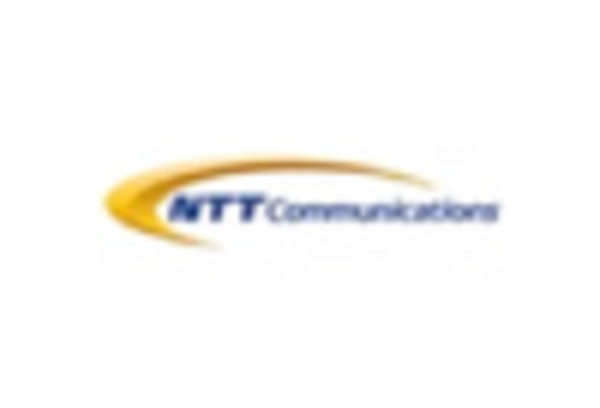
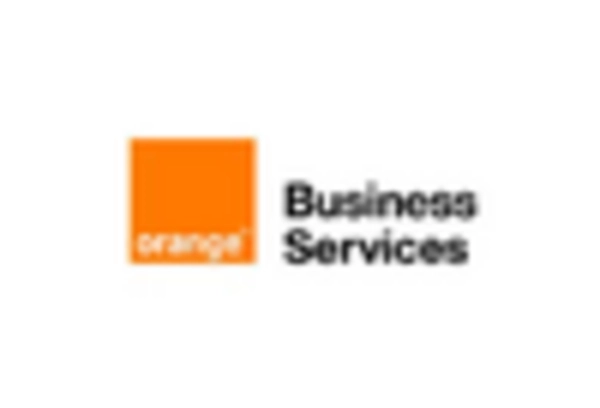









Leave a Comment